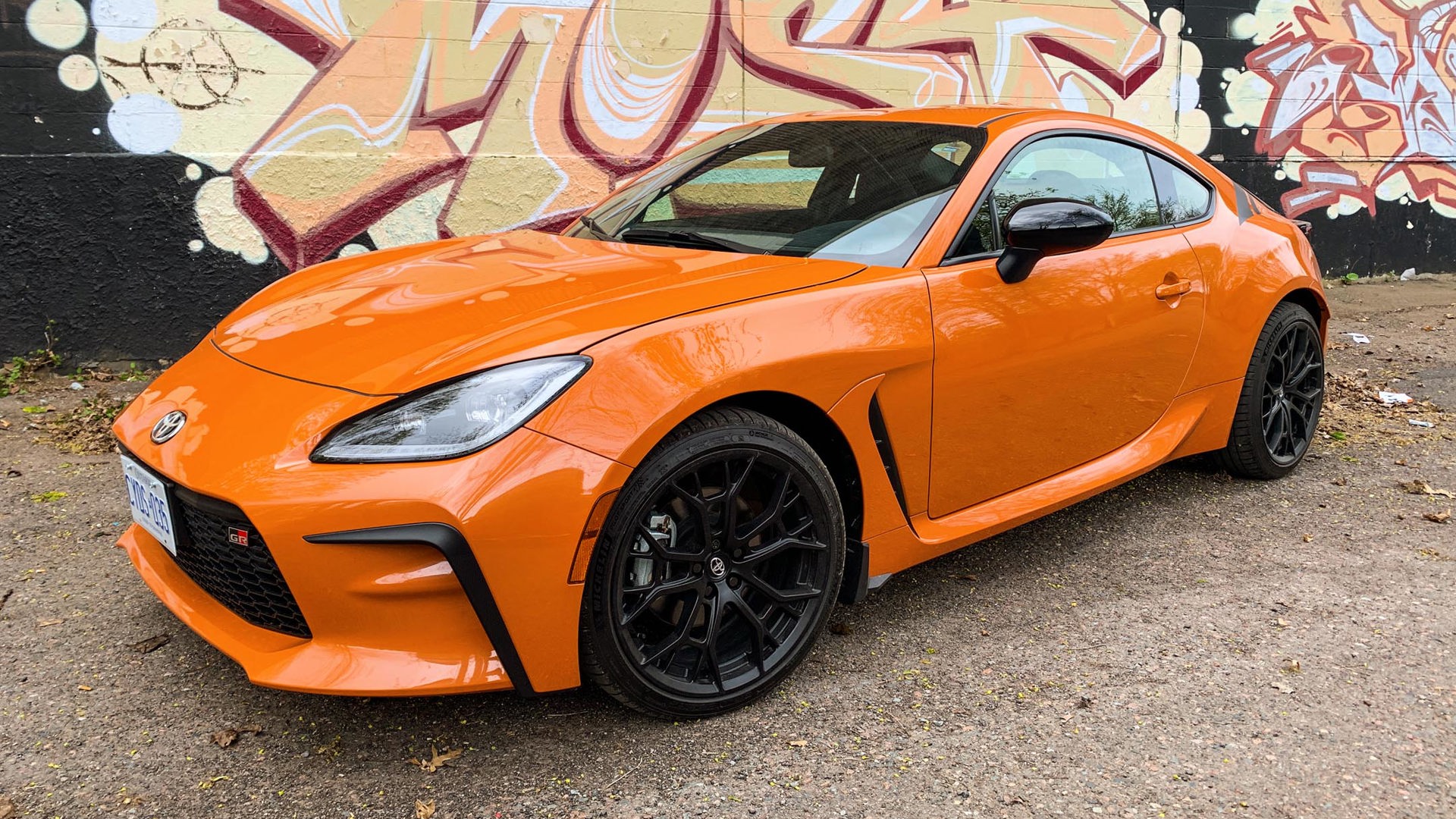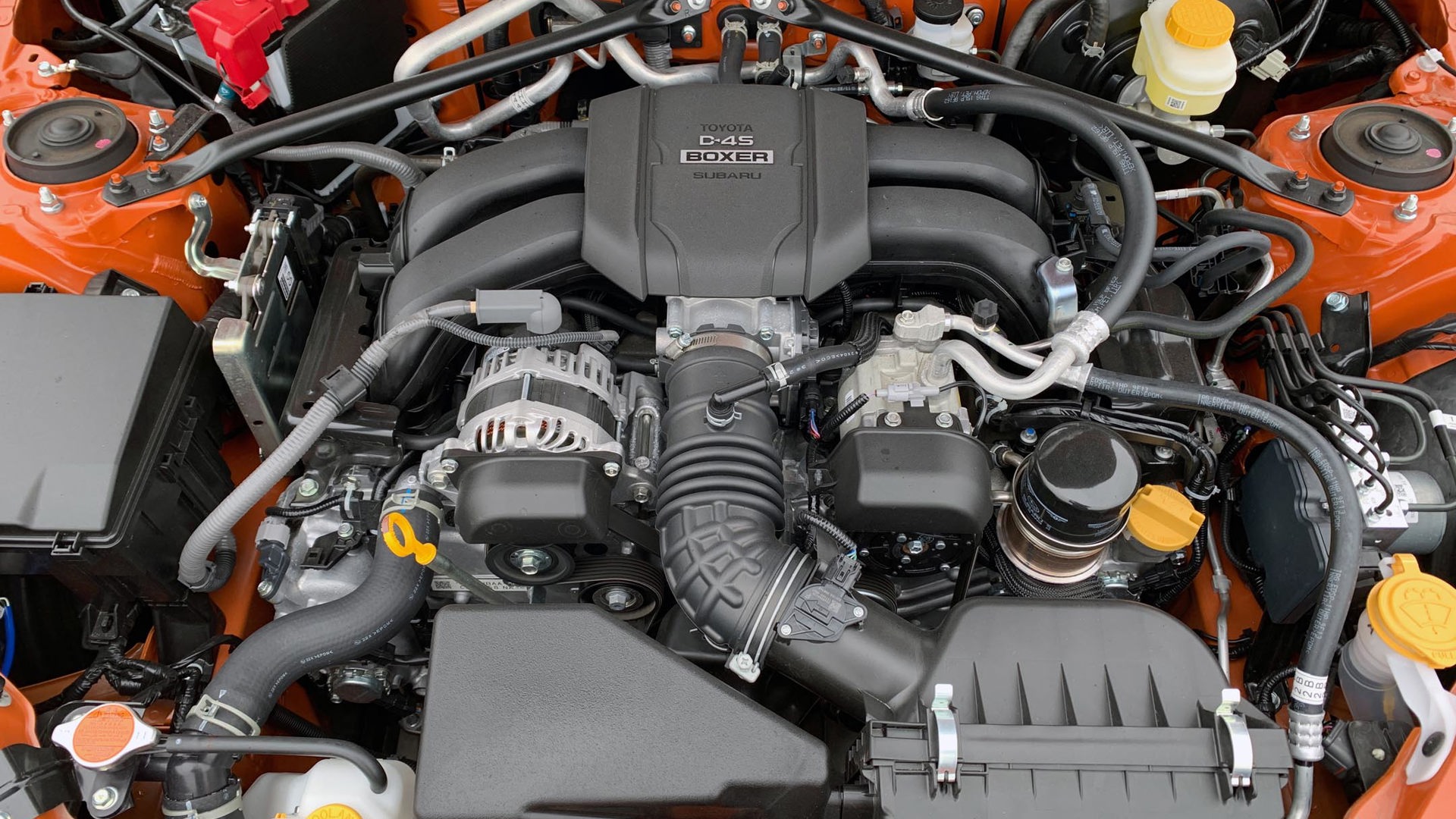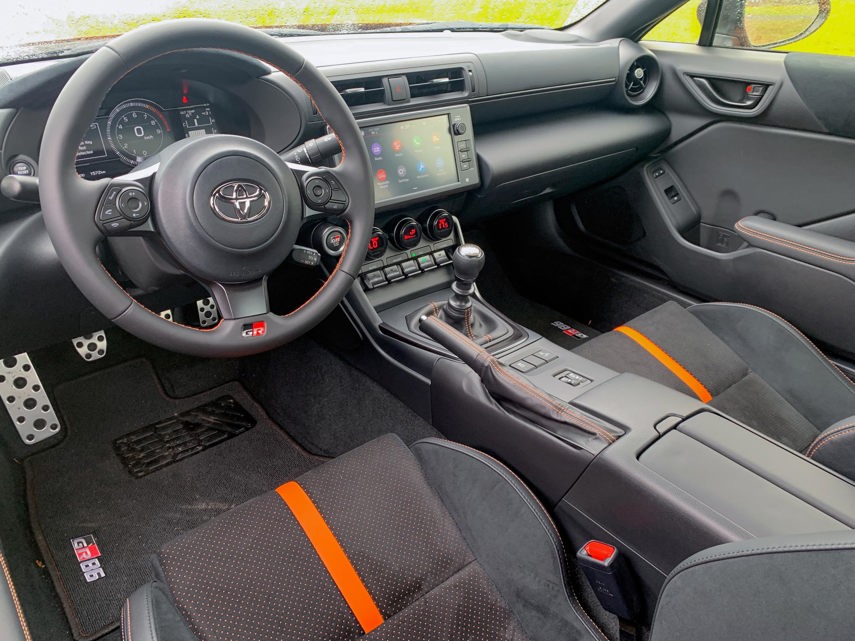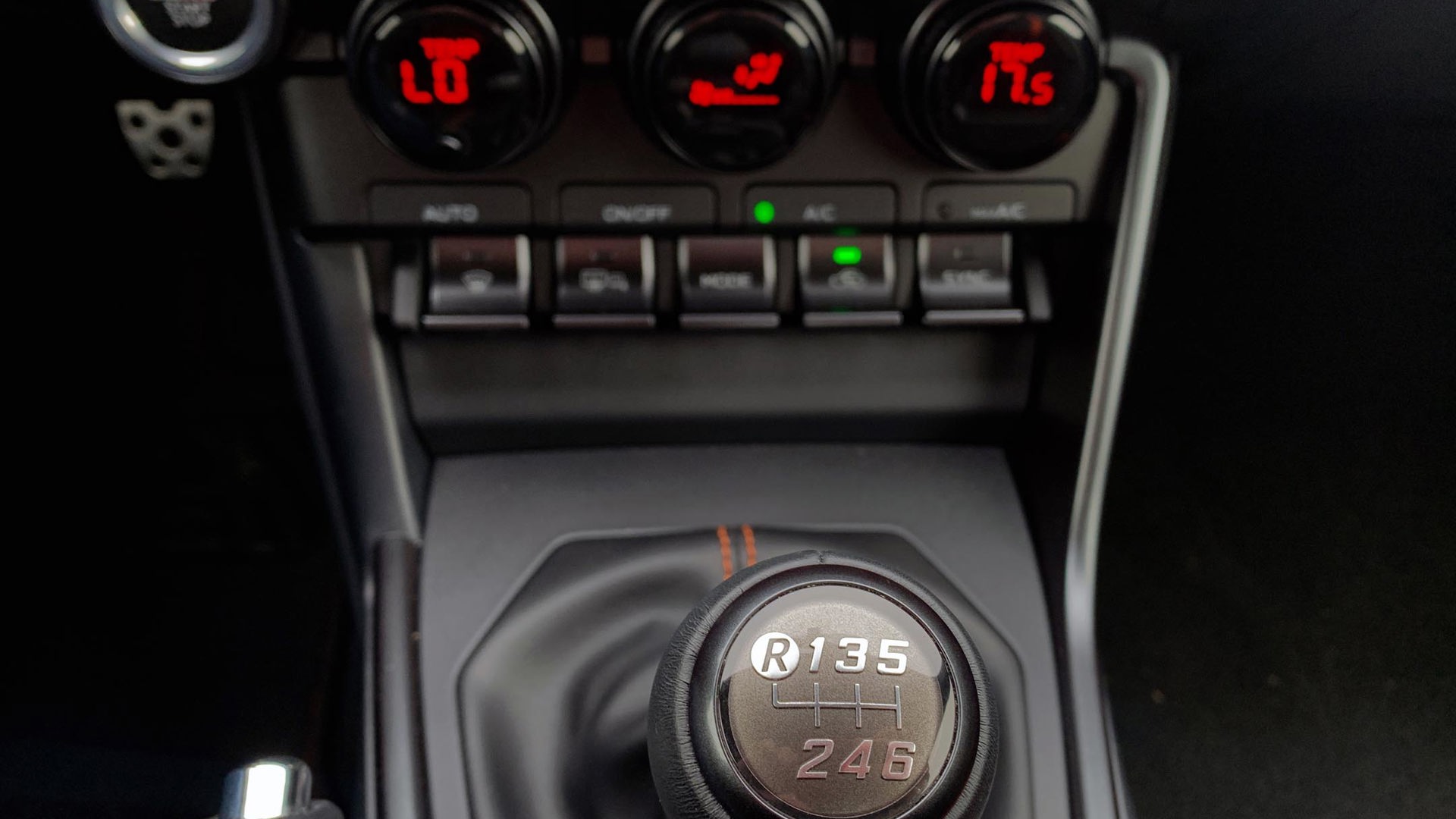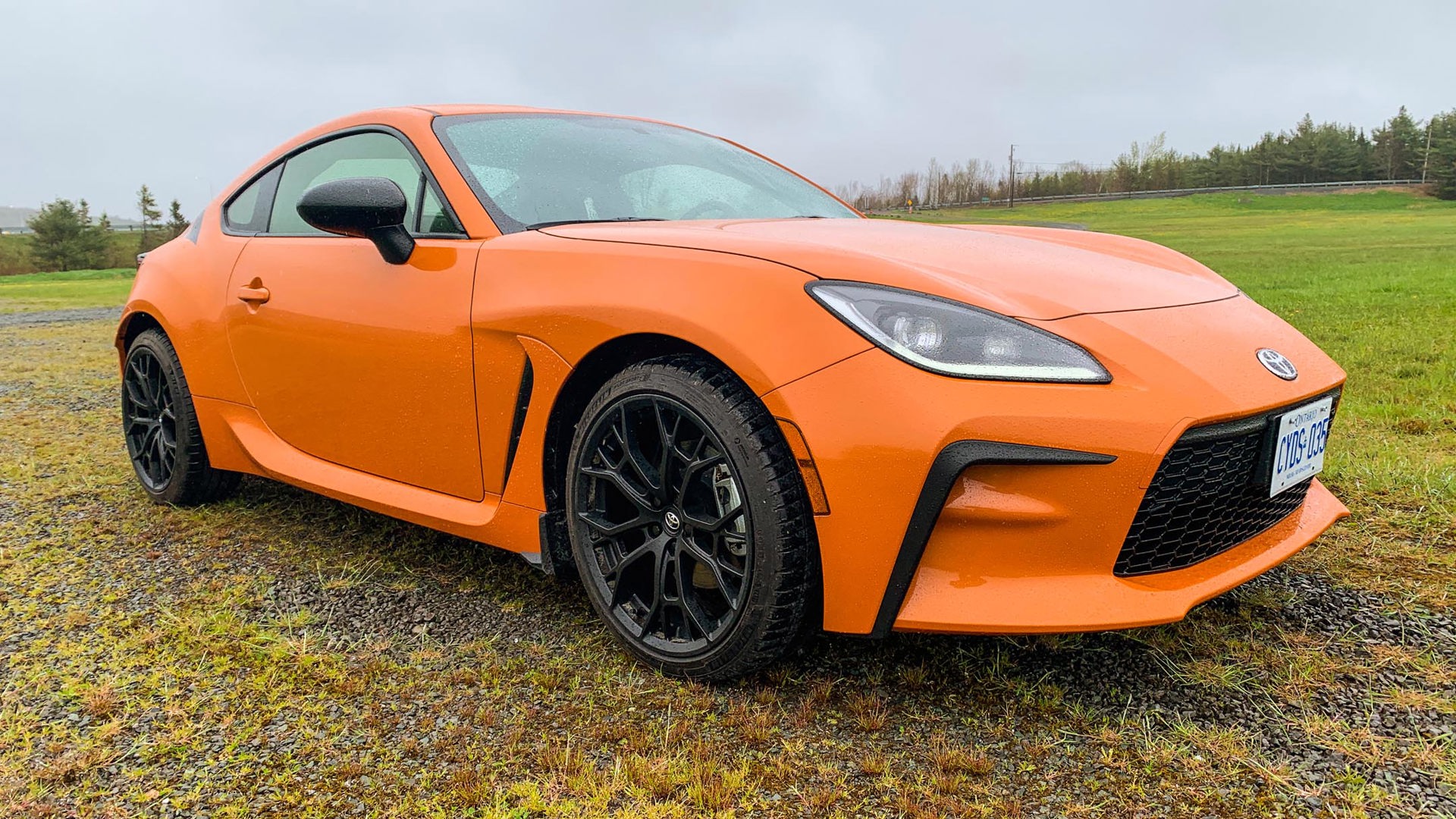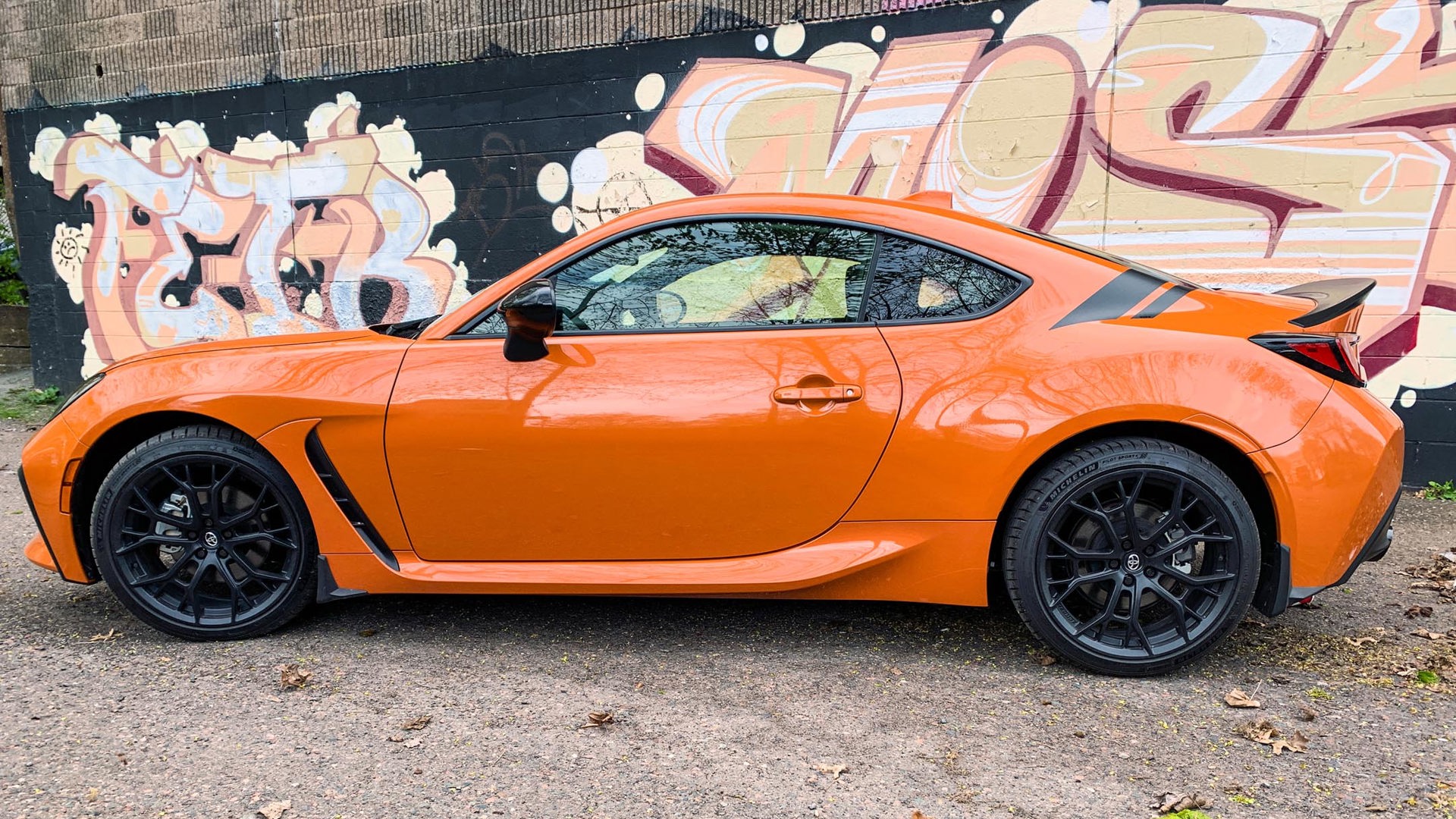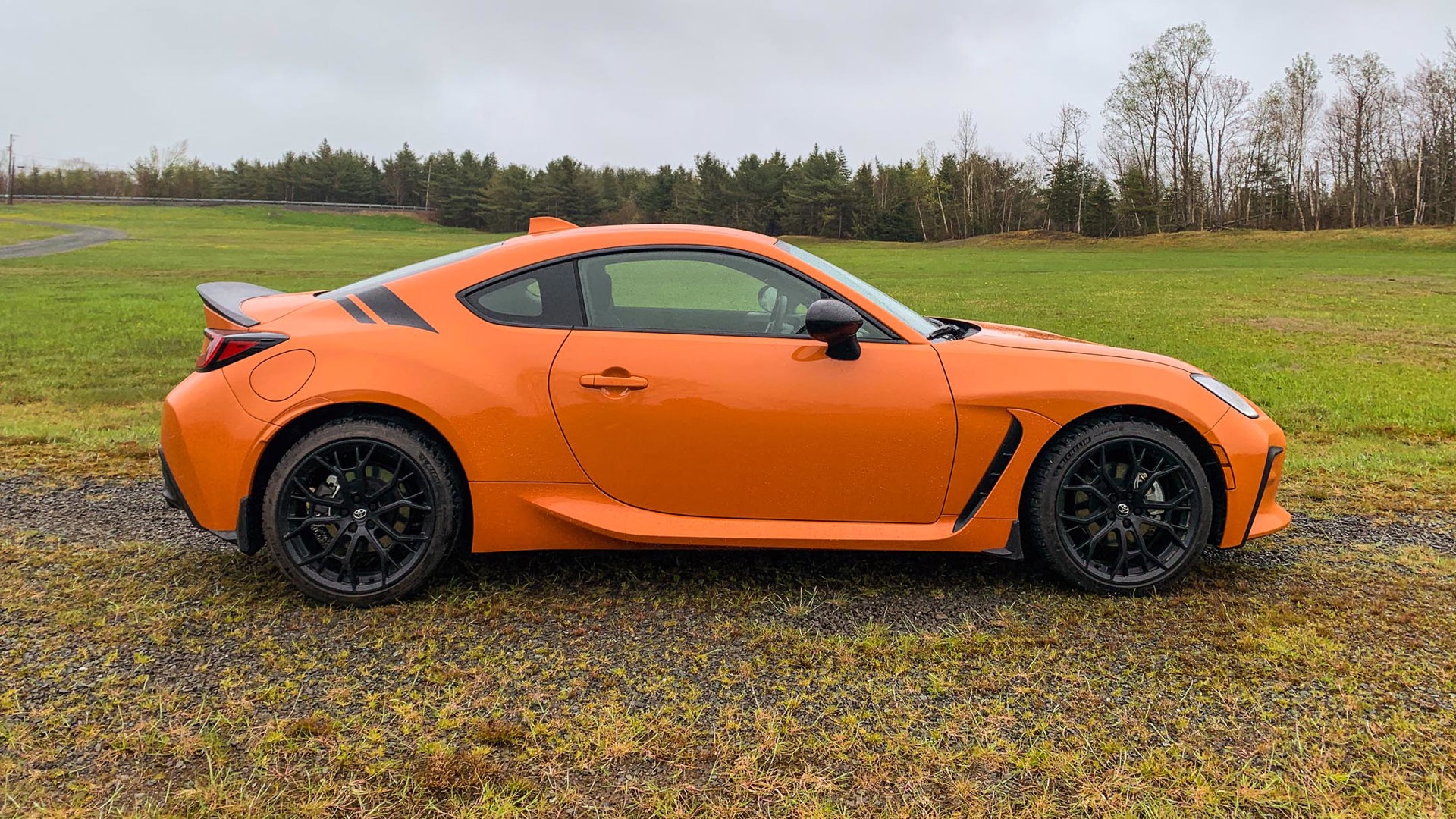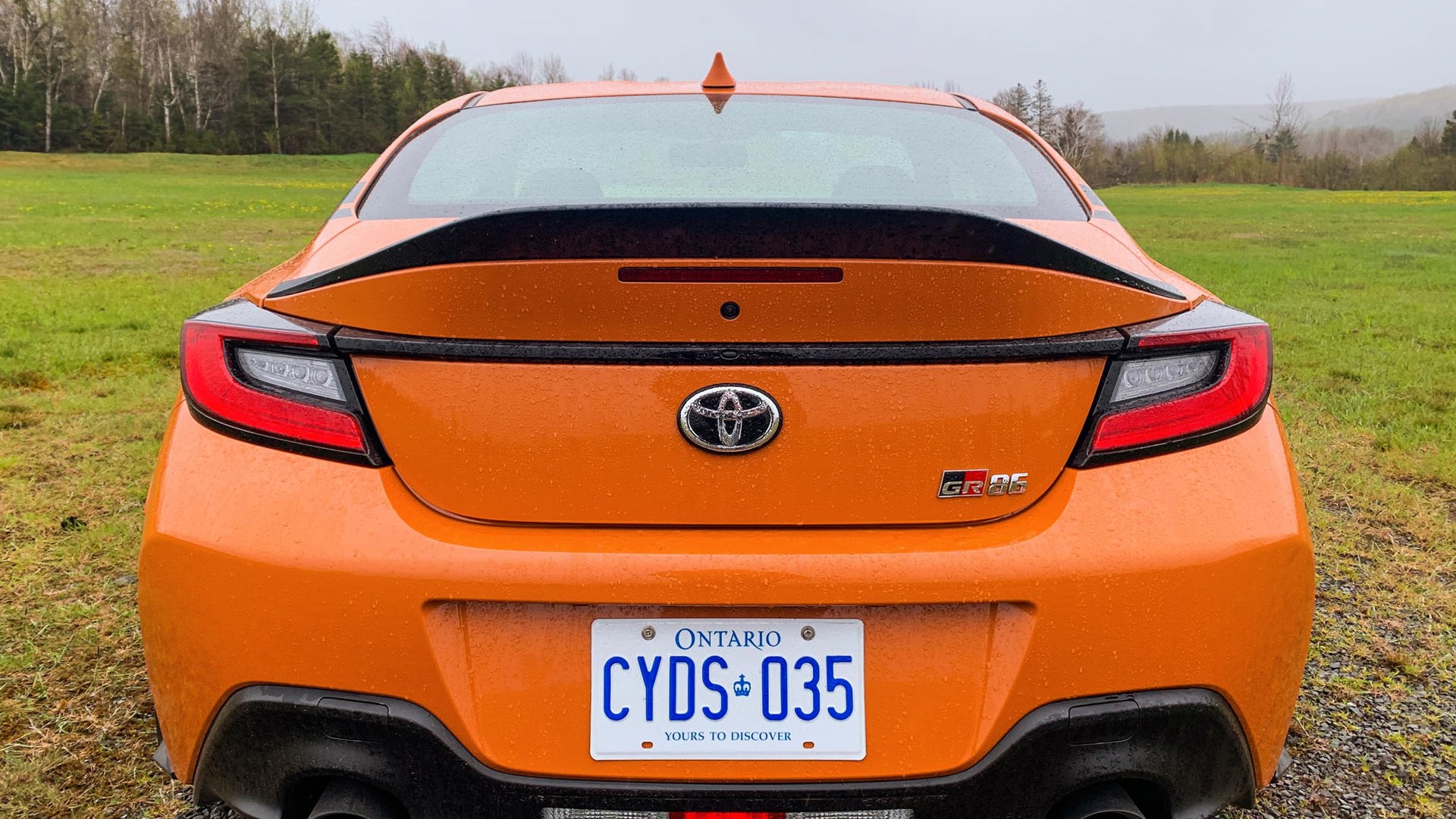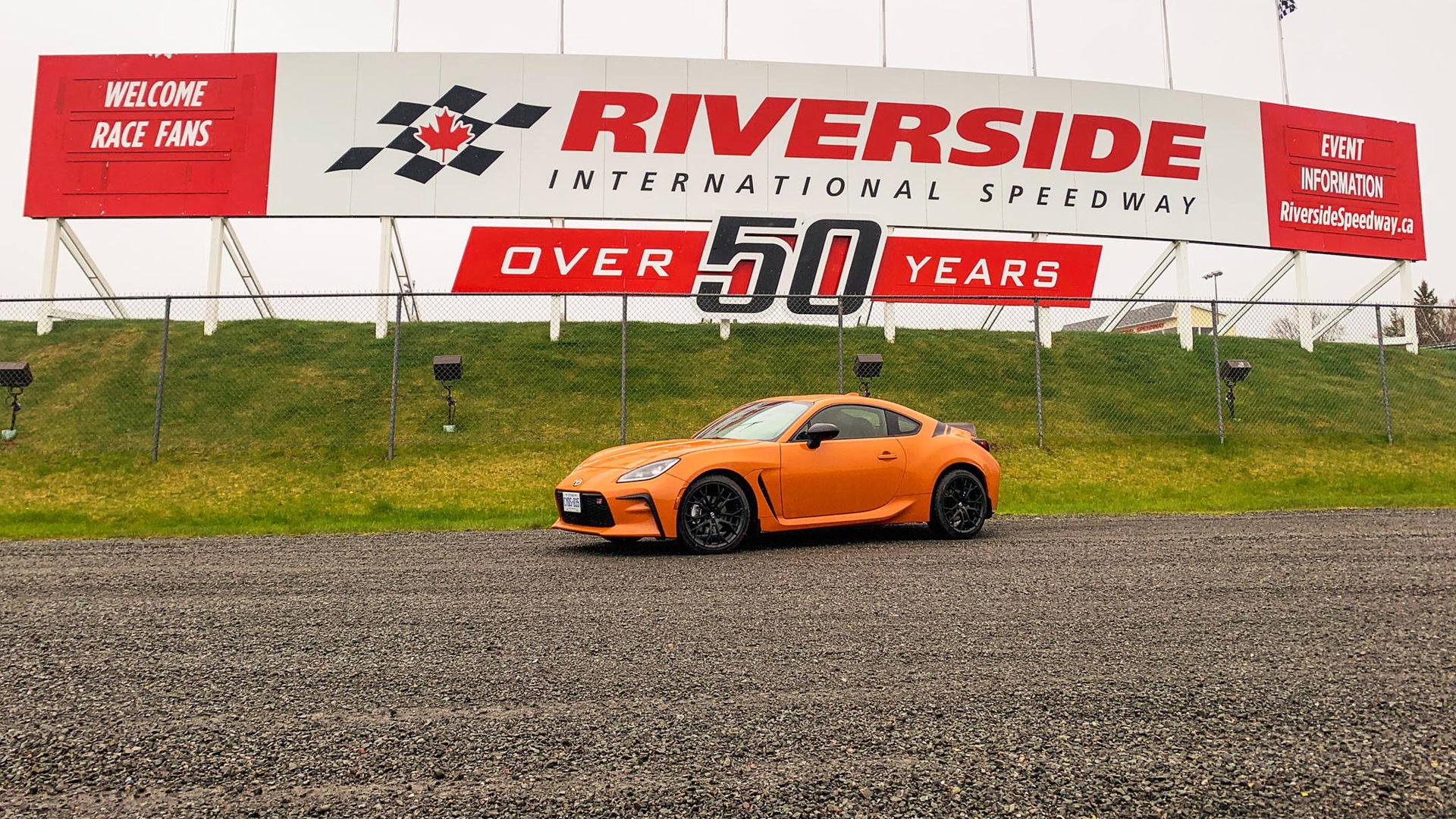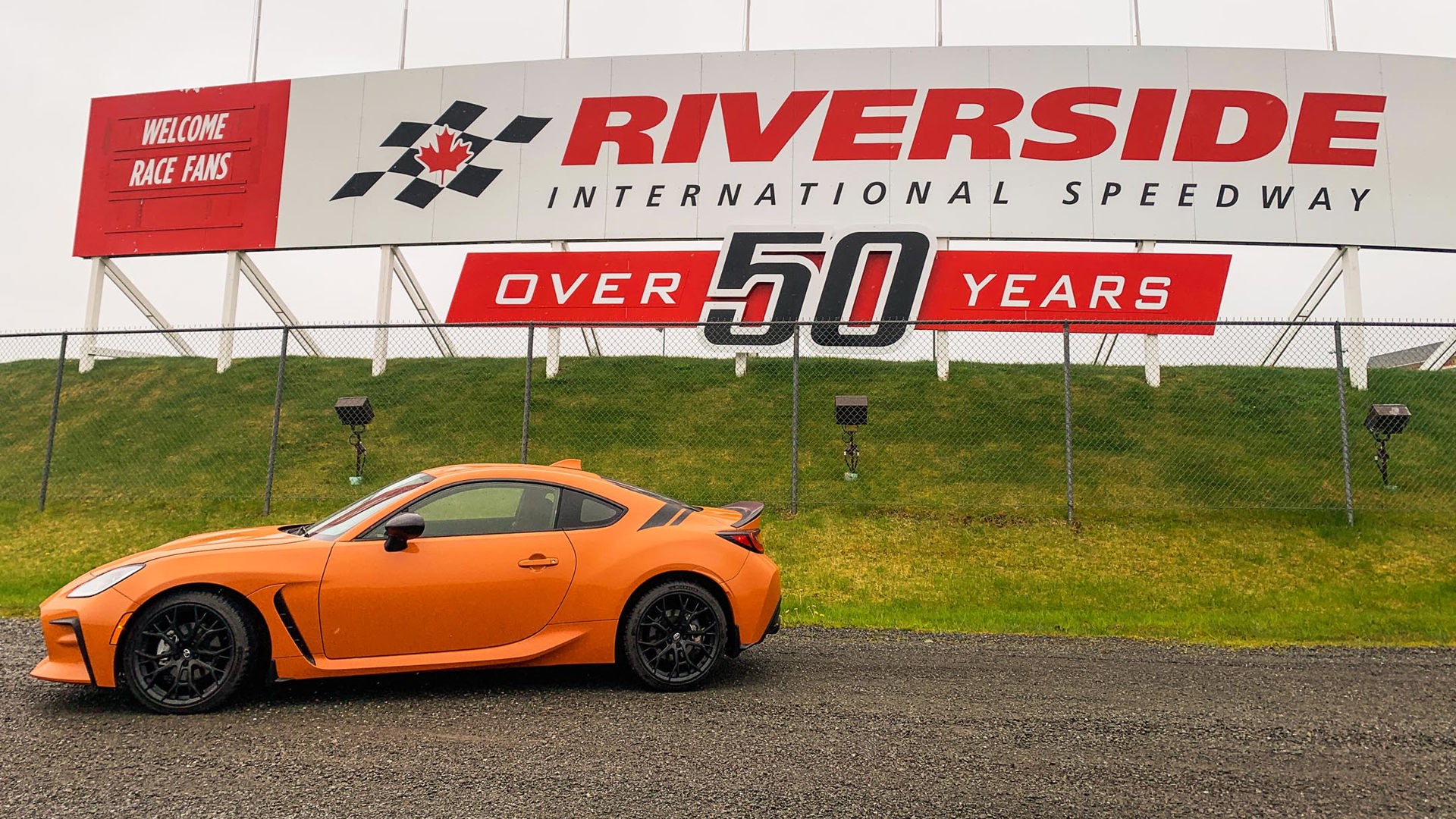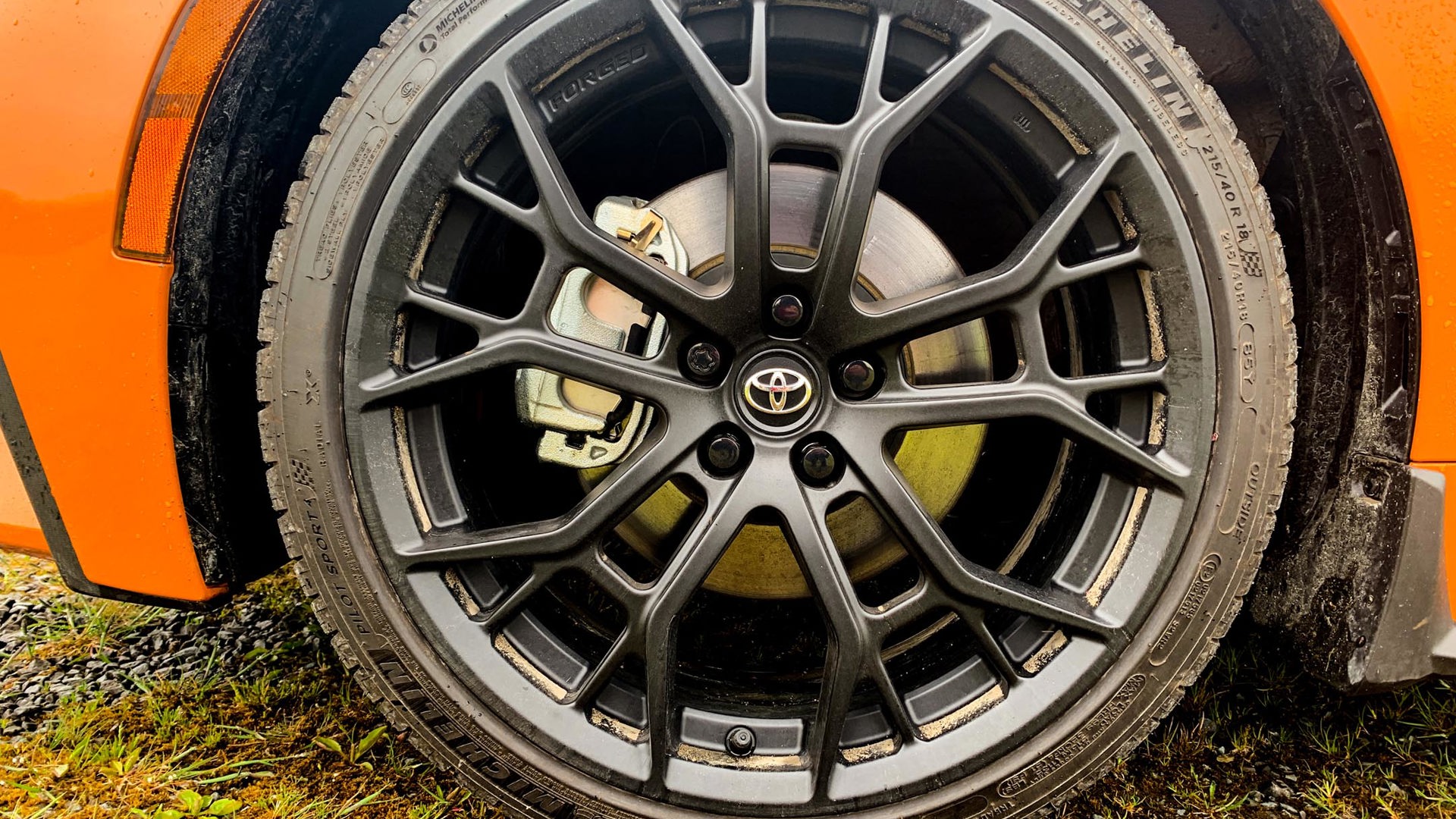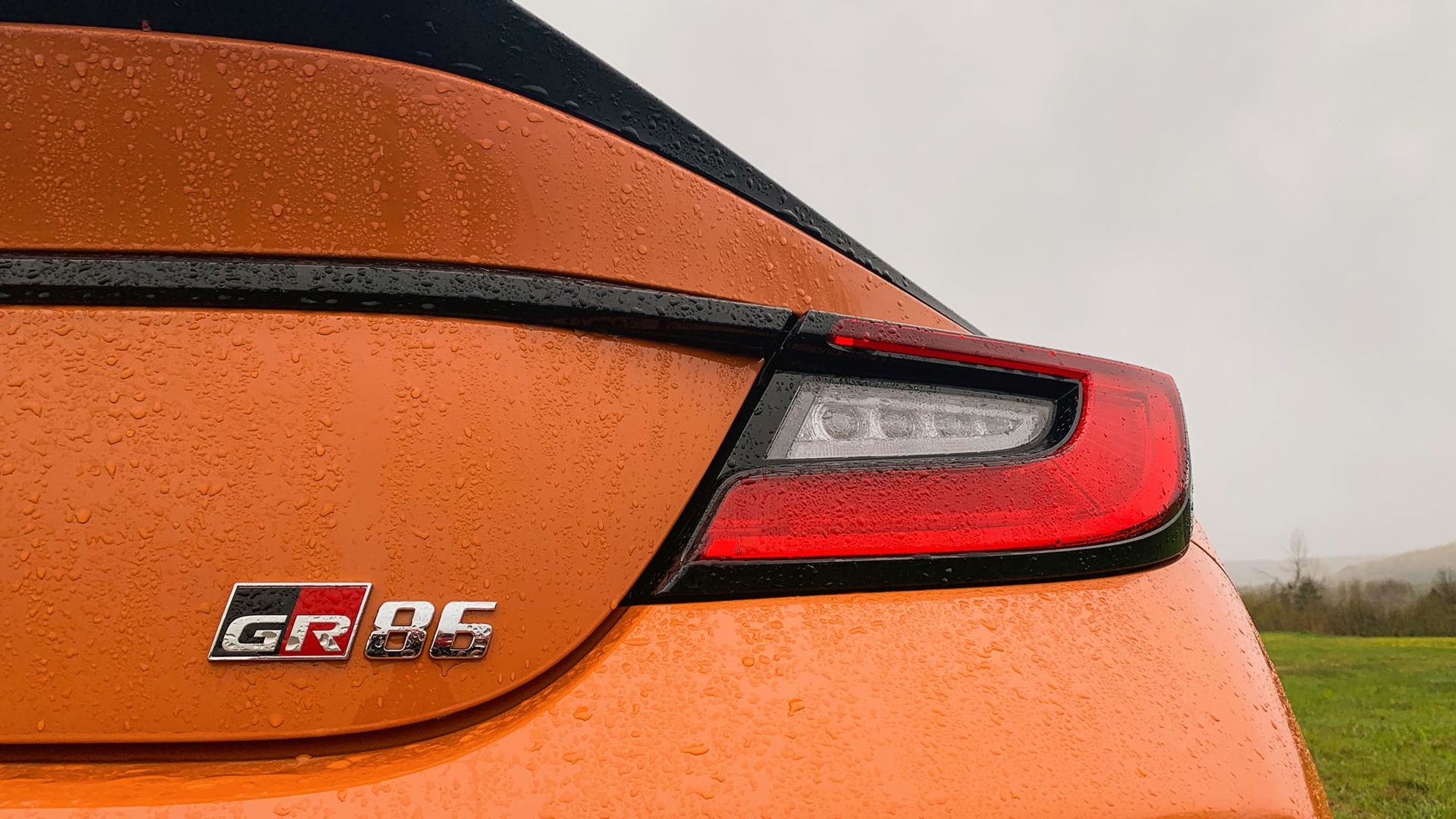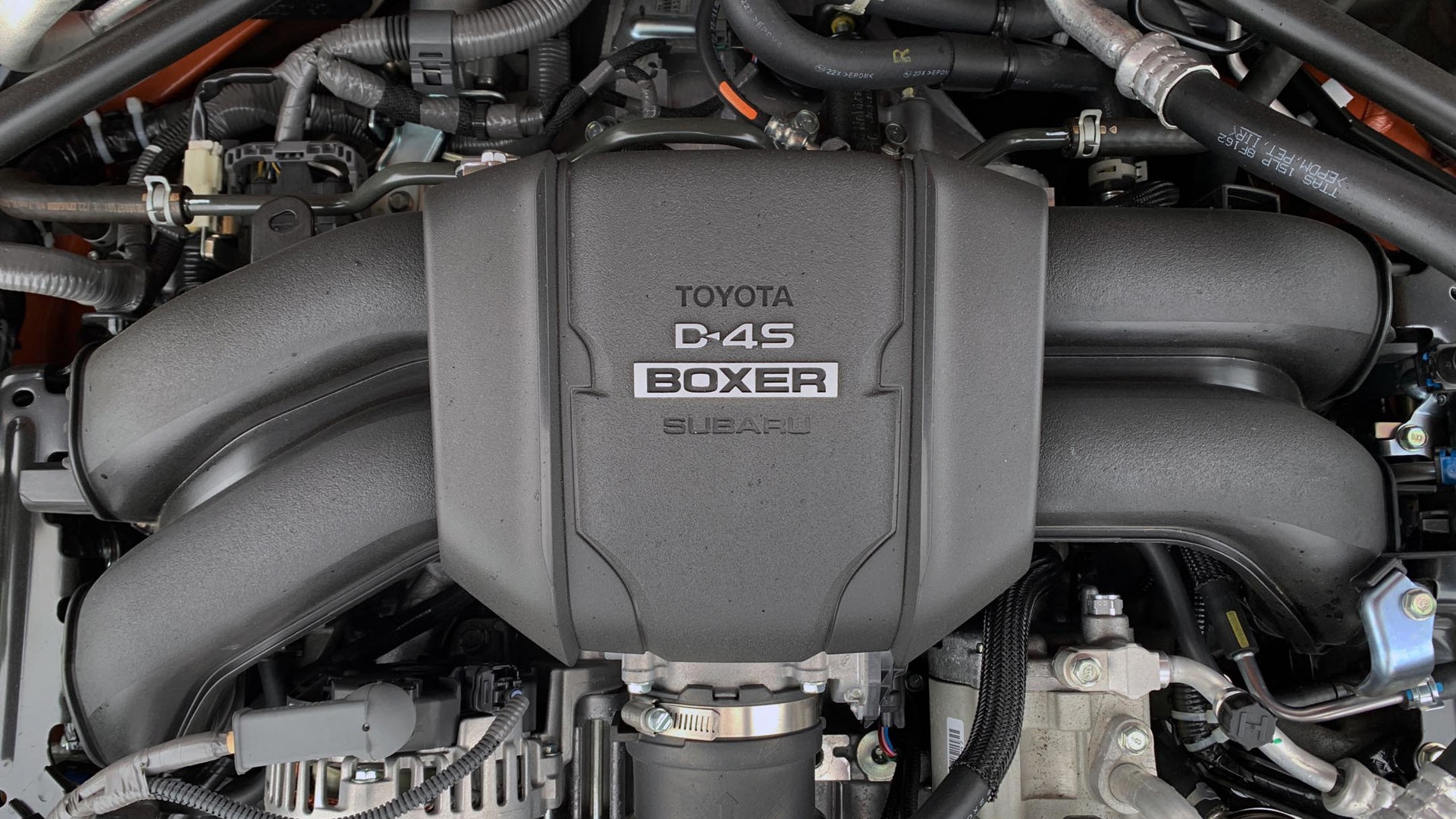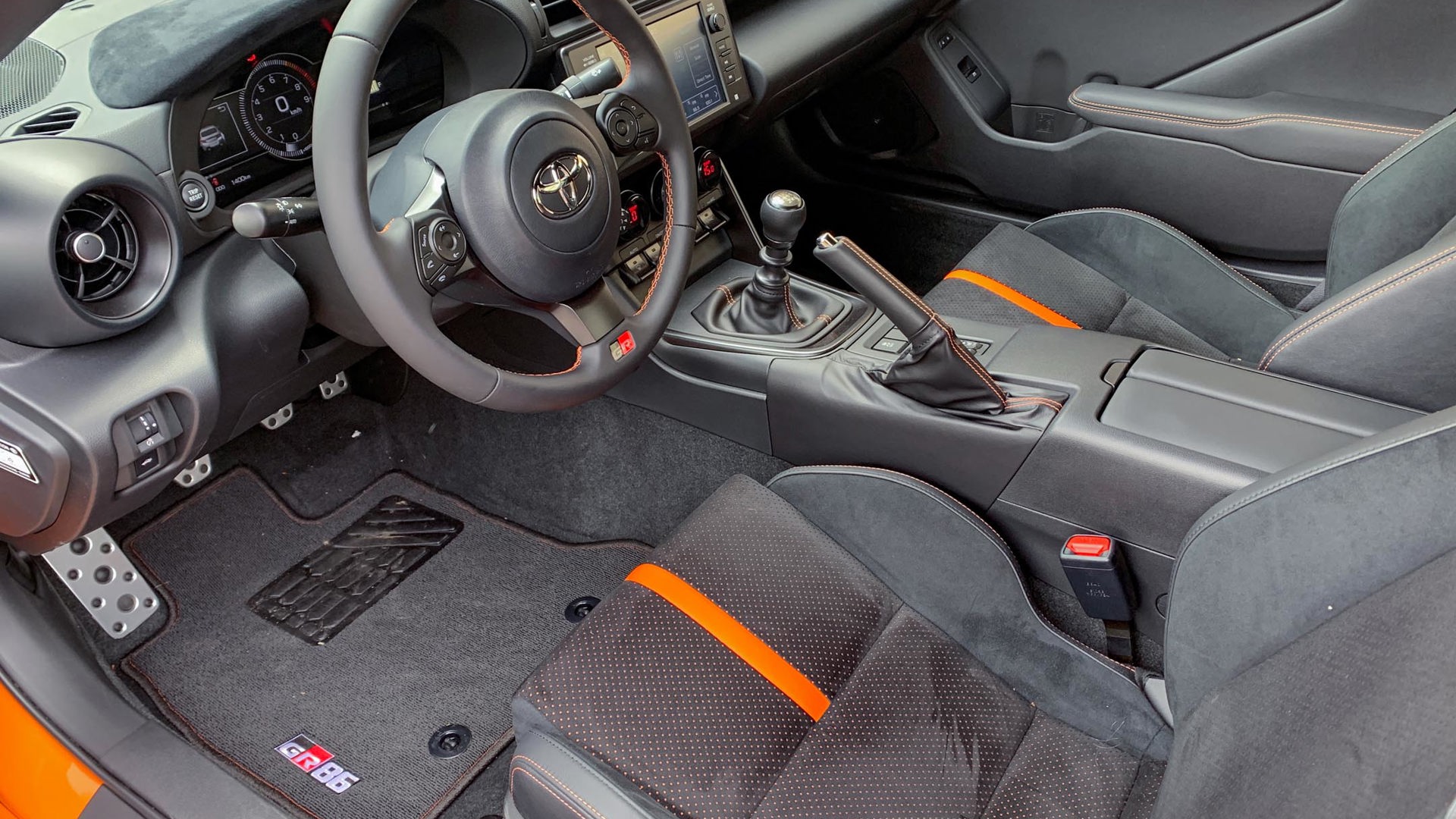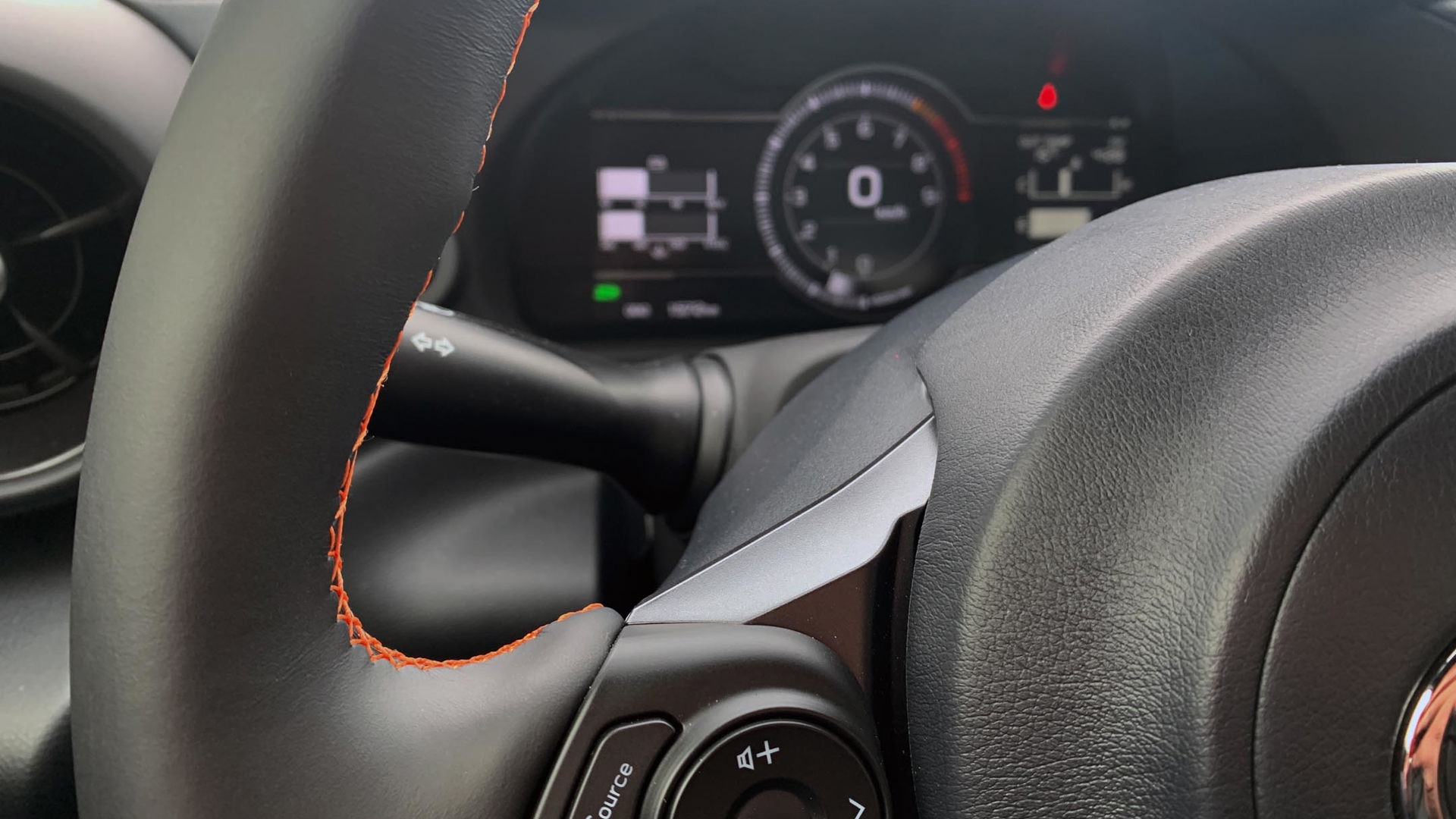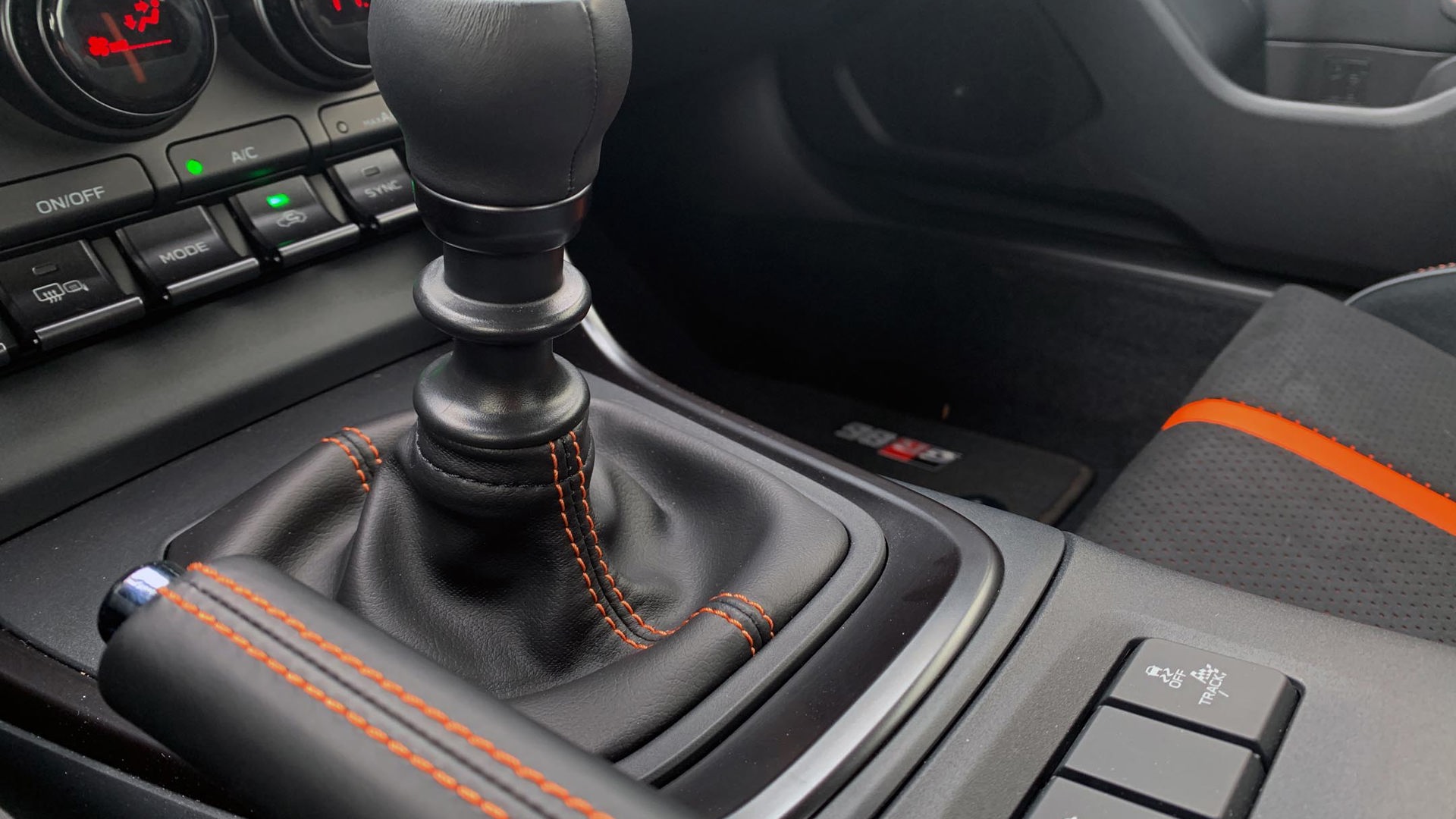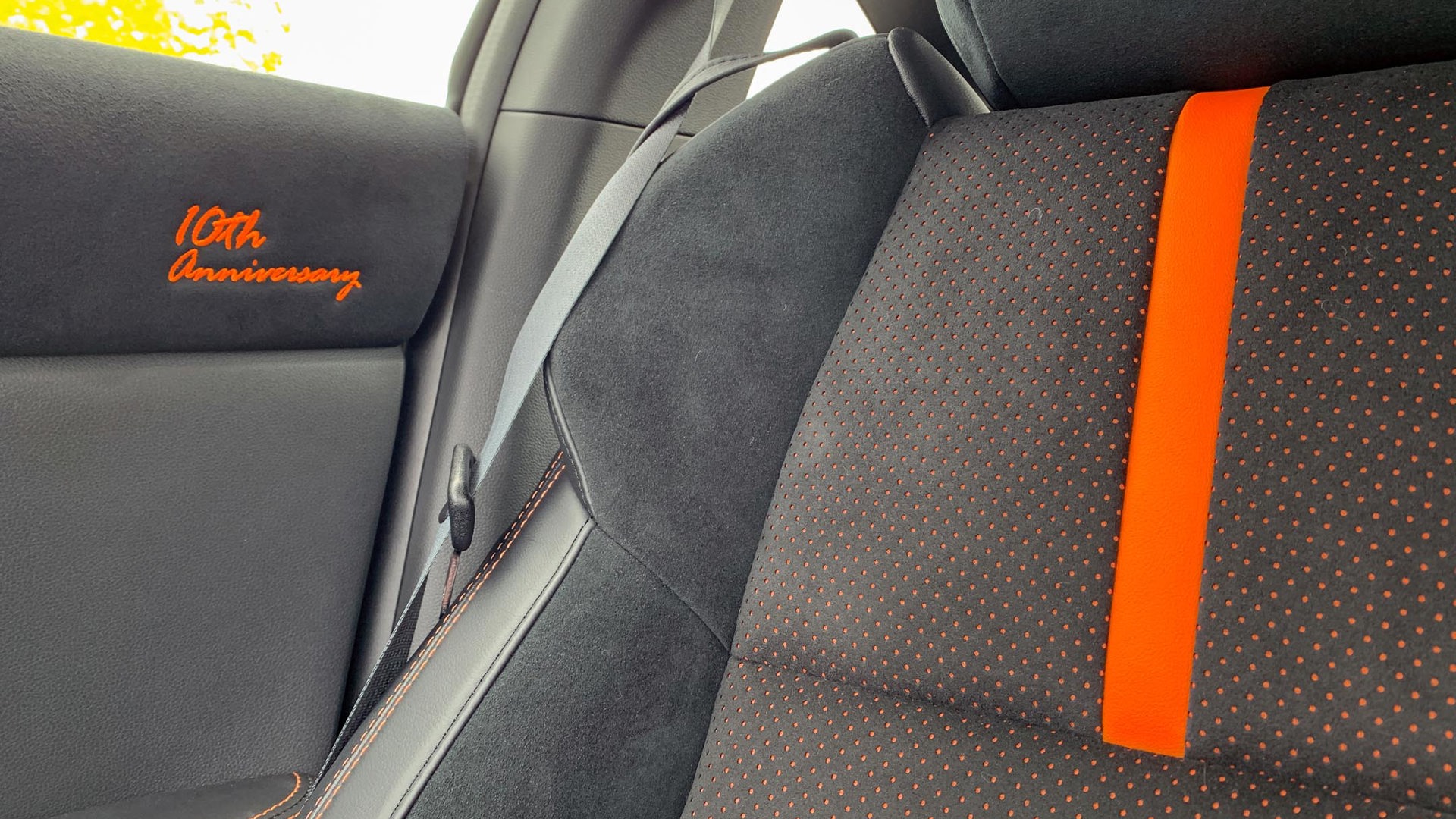“Hold the wheel at 10 and two, not 12 and nothing,” Dad said through a poorly stifled grin. The better part of 30 years ago, he was seated in the passenger seat of our rapidly aging Ford Escort, a vehicle that had been long relegated to second car duty and replaced by a series of better Detroit iron. Your author, newly permitted for the road by the Newfoundland government (the “& Labrador” part wouldn’t appear for another decade), was at the helm during this pre-airbag era and dutifully moved his hands to the prescribed positions.
Richard Petty impersonations would have to wait, it seemed.
Dad wasn’t what you’d call a gearhead. Oh, sure, he knocked all the stereotypical “dad stuff” out of the park: handy with a pocketknife, adept at home improvements, able to whip up breakfast at a moment’s notice. He appreciated a good car, but he would never call himself a car enthusiast.
Gearhead or not, Dad did teach me how to drive with a manual transmission. “Standards are better on gas,” he’d say, a penny-pinching view ingrained by his own father, a man who had GMC trucks with a column-mounted stick shift for as long as I can remember. Whilst riding in those regular-cab workhorses, 5-year-old me couldn’t fathom how Pop could drive no problem after placing the shift selector in what I knew – from the Blazer – as the parking gear. It would take me another year to understand a steering-mounted h-pattern. Good thing I was too young to take the wheel.
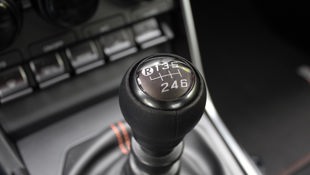
My own come-to-Jesus moment with manual transmissions showed up after moving from rural Newfoundland to its capital city, a place whose streets in the downtown core are essentially original horse paths widened and paved over the years. Grid system? Ha. The concept of “two blocks away” doesn’t exist in St. John’s. What emphatically does exist are hills – lots of them, most with stop signs at their peak. A street named Hill ‘O Chips (stemming from an age when there was a sawmill that produced mounds of – you guess it – wood chips) was a nemesis. It wasn’t long before I was staring at the business end of my car’s clutch plate, hammering in a new one after the original unit was worn smooth as an android’s bottom.
These stories were at the forefront of my brain when testing the 2023 Toyota GR86 10th Anniversary Edition. Marking a full decade of this small sports car being on sale, it comes with exclusive Solar Shift paintwork, unique hash mark graphics on the C-pillar, and a GR catback exhaust that makes a throatier sound than the pipes on other trims. Goodies like an active rear differential and a track-only drive mode that tones down the stability control are present and accounted for. It’s priced right around $40,000 and Toyota is only making 20 of them.
It is powered by the familiar boxer-type four-cylinder engine, making 228 horsepower and 184 lb-ft of torque, enough to be entertaining in a car weighing just 1,275 kilograms. A six-speed automatic transmission is optional but should be shunned like month-old fruitcake. After all, the number of new vehicles on sale with a manual transmission has shrunken like Prince Harry’s popularity, while the sum of machines that objectively benefit from a handshaker is even smaller.
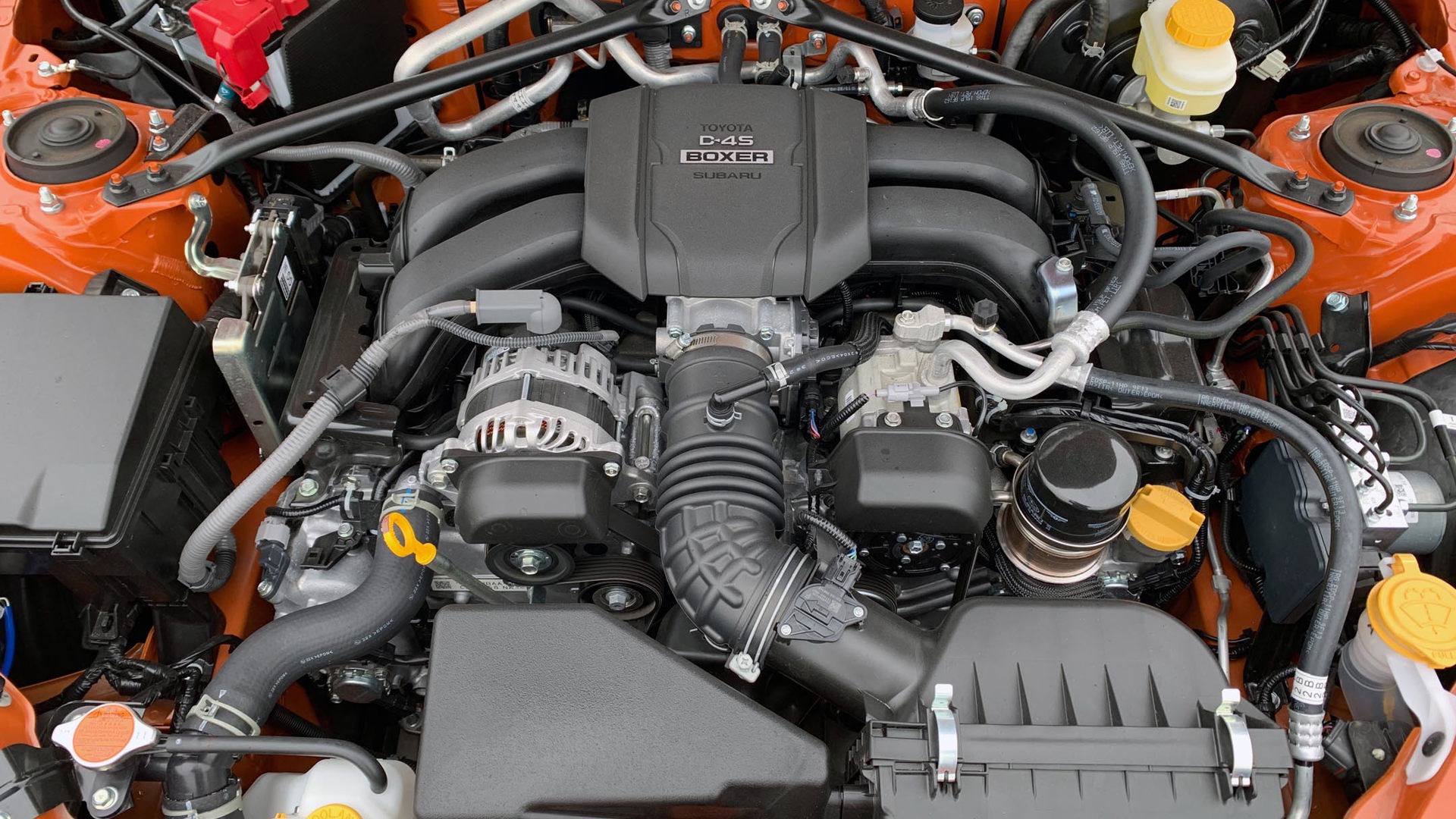
“Heresy,” you cry, throwing Hurst shifter parts in my general direction. But it’s true. This orange coupe is one of the few that are measurably improved by the presence of a clutch. The brawny Mustang has long passed its acceleration crown to the 10-speed, while Porsche’s PDK shifts with such speed and precision that anyone not named Verstappen will find it difficult to crack off faster lap times while rowing their own gears. At the other end of the scale, economy cars like the Nissan Sentra actually burn less fuel when equipped with a continuously variable transmission (CVT) instead of a six-speed manual.
So, absent performance or efficiency gains, what’s the point in teaching The Boy how to drive a manual? Like most good things in life, one answer is because it’s fun.
The Boy wasn’t driving the GR86, of course; a cadre of wet blanket lawyers put that idea to rest. Instead, we were practicing pedal takeup and accidental burnouts in my Dodge Challenger – on private property, naturally. I figure if he can get the hang of that car’s bear trap of a clutch, anything else short of an ’90s-era NASCAR stocker should be a piece of cake. Call it baptism by fire. Or clutch smoke. After numerous attempts at launch, one of which surely induced whiplash in passengers, The Boy’s face lit up like Las Vegas after a smooth 1–2 shift, to say nothing of the rictus grin plastered across his head after he chirped the tires for the first time.
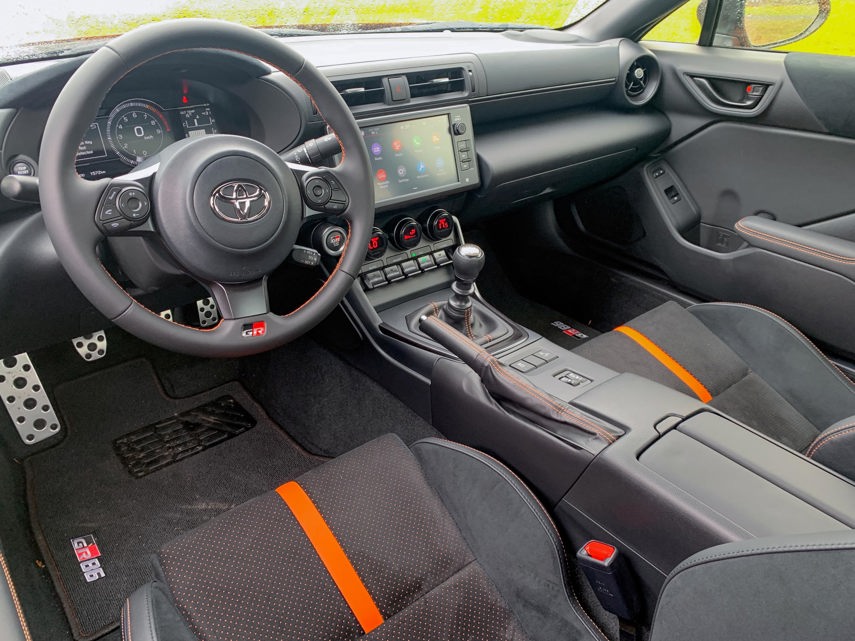
Dad’s reasons for teaching me how to drive a standard were different from my goals for schooling The Boy. Back then, it was the ticket to cheaper cars and being able to borrow someone’s truck without being stymied by the presence of a third pedal. We share the opinion that knowing how to use a manual transmission makes drivers more alert and engaged compared to someone who can barely work their way through a PRNDL gate. Besides, a stick shift will occupy his attention so he can’t text and drive.
The Boy is right when he opines that, in practical terms, learning stick in an era of single-speed EVs and sports cars whose automatics provide peak performance is akin to teaching him how to use a typewriter. But he buys the argument that the skill is going to help him be more aware of his surroundings on the road and, honestly, his buddies will instantly think he’s a great driver even if he’s not.
That’s why we’re glad companies like Toyota continue building cars like the GR86 and its ilk. Not only do they provide entertaining drives in a sea of milquetoast crossovers, but it also permits the next generation to jab their foot at a clutch pedal and become better drivers – even if their initial attempts induce neck hyperextension in passengers.
You’ll get the hang of it, son. Just don’t grip the wheel at 12 and nothing, OK?
